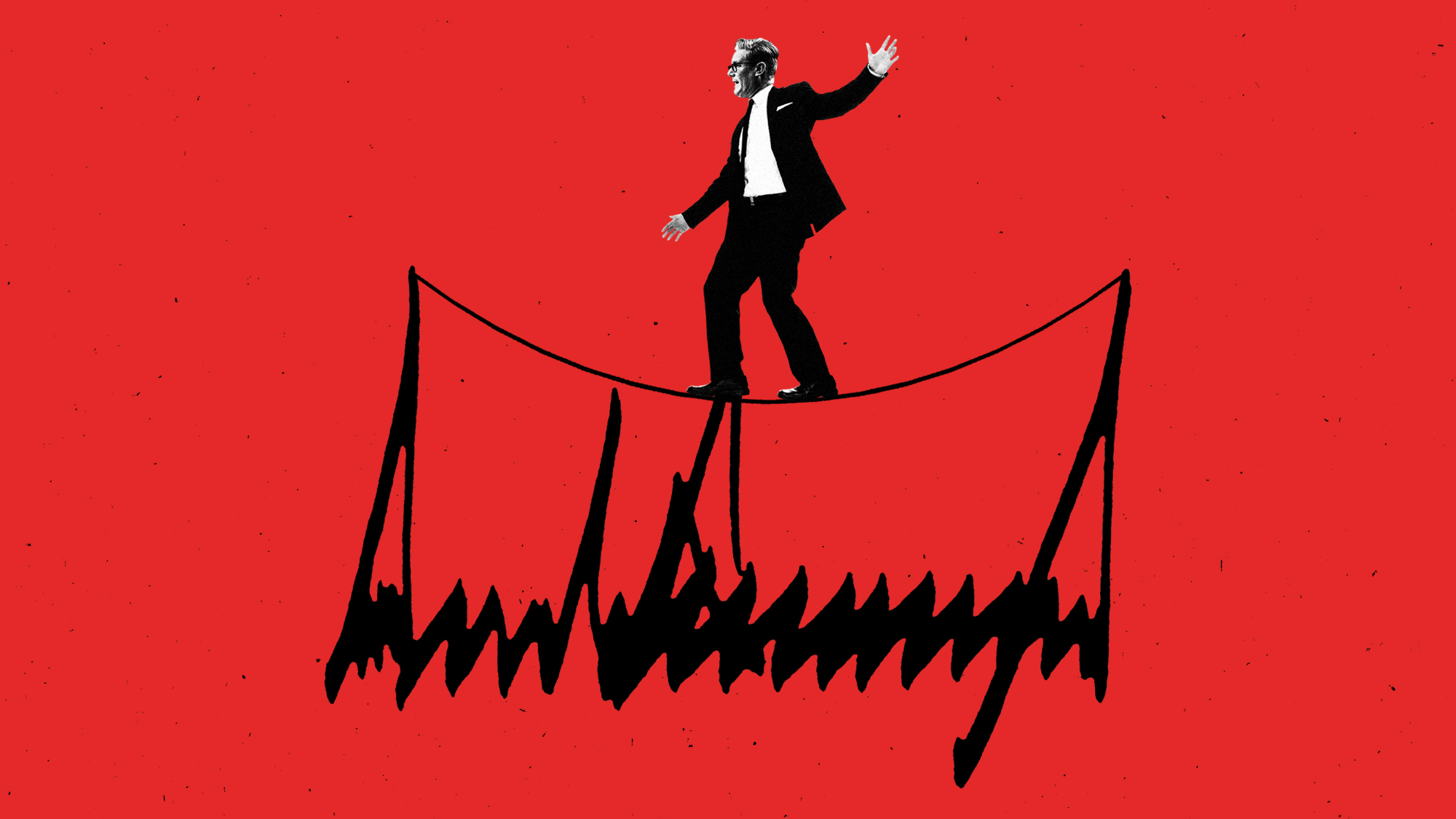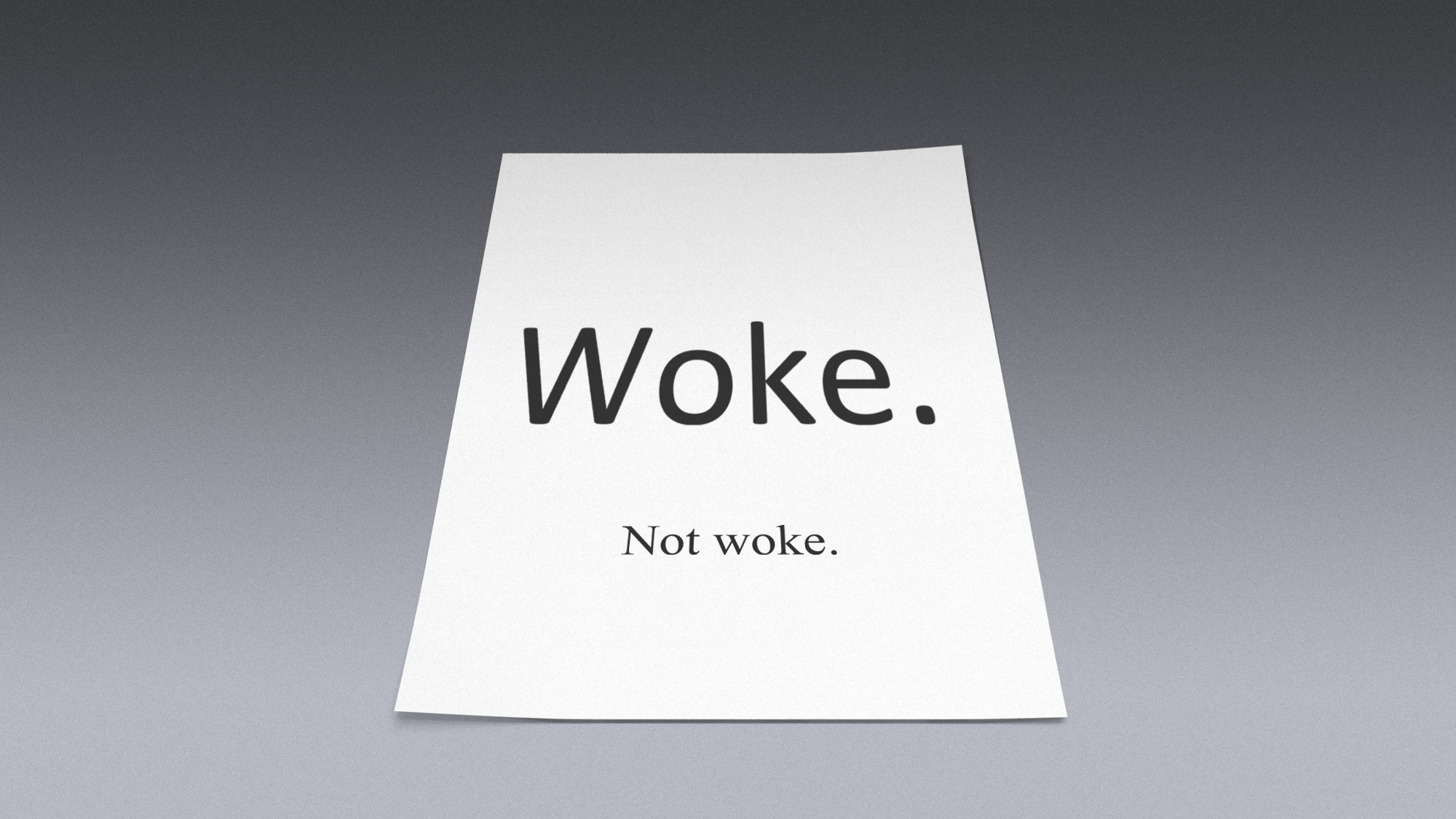Palindromes, anagrams, and 9 other names for alphabetical antics
What do you call a word that looks the same upside-down?


If you love word play, you probably know that a word — or longer piece of writing — that reads the same forward and backward is called a palindrome. But what do you call a word that spells another word backwards, or a word that looks the same upside down? When terms for these orthographic puzzlers didn't exist, logolologists (such as the authors of the books listed below) were happy to invent some. Here are a few:
1. Isogram
A word in which no letter of the alphabet occurs more than once. Dimitri Borgmann's longest example: dermatoglyphics, the study of skin markings or patterns on fingers, hands, and feet, and its application, especially in criminology.
The Week
Escape your echo chamber. Get the facts behind the news, plus analysis from multiple perspectives.

Sign up for The Week's Free Newsletters
From our morning news briefing to a weekly Good News Newsletter, get the best of The Week delivered directly to your inbox.
From our morning news briefing to a weekly Good News Newsletter, get the best of The Week delivered directly to your inbox.
2. Pangram
A phrase or sentence containing all 26 letters of the alphabet (ideally repeating as few letters as possible). You may remember this one from typing class: "The quick brown fox jumped over the lazy sleeping dog," but Willard Espy came up with a shorter and more interesting one: "Bawds jog, flick quartz, vex nymphs." An abundance of pangrams, using some very obscure words or initials can be found here.
3. Palindrome
A word, sentence, or longer written work that reads the same backwards. Example: A declaration facetiously attributed to Napoleon, "Able was I ere I saw Elba." Weird Al Yankovic's song "Bob" spoofs Bob Dylan's "Subterranean Homesick Blues" using a slew of palindromes. Need more palindromes? Find a huge stash here.
A free daily email with the biggest news stories of the day – and the best features from TheWeek.com
4. Semordnilap
A word or name that spells a different word backwards (notice what semordnilap spells backwards). Semordnilaps (coined by Martin Gardner in 1961) are also known as backronyms, volvograms, heteropalindromes, semi-palindromes, half-palindromes, reversgrams, mynoretehs, recurrent palindromes, reversible anagrams, word reversals, or anadromes. (Do you get the feeling that fans of word play love to make up words?) Here's a semordnilap dieters can relate to: Stressed is desserts backwards.
5. Kangaroo word or marsupial
This refers to a word carrying another word within it (without transposing any letters). Example: encourage contains courage, cog, cur, urge, core, cure, nag, rag, age, nor, rage and enrage. Ouch! That mama roo is going to need a pouchlift after carrying around that brood!
6. Lipogram
A written work composed of words chosen to avoid the use of one or more letters. You may hail F. Scott Fitzgerald's Gatsby as great, but in 1939 Ernest Vincent Wright produced the phenomenal Gadsby: A Story of Over 50,000 Words Without Using the letter "E," a scarcely believable achievement considering that "E" is the most common letter in English. Imagine an entire novel without he, she, the, or the past tense marker —ed.
7. Rebus
A representation of words with pictures, letter names, or symbols that suggest the sound of the words. Rebus has been used in English since 1605, when William Camden wrote, "They which lackt wit to expresse their conceit in speech, did vse to depaint it out... in pictures, which they called Rebus." Popular in autograph books and on vanity license plates, rebuses include such classics as:
YYUR; YYUB. ICUR YY4meNE1410S4 A _ I 8 0
(The solutions are below.)
8. Tautonym
David Grambs uses this term for a word or name made up of two identical parts, such as so-so, tom-tom or Pago Pago.
9. Anagram
A word or phrase formed by rearranging the letters of another word or phrase. The English word anagram goes back to 1589. Grambs uses the word transposal in this general sense, and anagram more narrowly to mean a transposal of letters resulting in synonymous term. Others call these particularly apt anagrams "aptigrams." For example: Villainousness is an anagram of "an evil soul's sin."
10. Antigram
The opposite of an aptigram, these words or phrases form antonyms when rearranged. Examples: violence — nice, love; funeral — real fun.
11. Ambigram
A term coined by John Langdon for words made to look the same when inverted with the help of calligraphy. Willard Espy calls a word that looks the same upside down an invertogram and Schaaf calls a number like that strobogrammatic. Examples: NOON, SWIMS, SIS; 1881, 1961, 91016.
Rebus solutions:
Too wise you are; too wise you be. I see you are too wise for me.
Anyone for tennis?
For a long period I ate next to nothing.
Sources: Borgmann, Dmitri A. Language on Vacation: An Olio of Orthographic Oddities, 1965. Espy, Willard. The Word's Gotten Out, 1989. Grambs, David. Words About Words, 1984. Langdon, John. Wordplay: Reflections on the Art of Ambigrams, 1992. Schaaf, William Leonard. A Bibliography of Recreational Mathematics, v. 4, 1978.
More from Mental Floss...
* 8 symbols that we turned into words
-
 Spain’s deadly high-speed train crash
Spain’s deadly high-speed train crashThe Explainer The country experienced its worst rail accident since 2013, with the death toll of 39 ‘not yet final’
-
 Can Starmer continue to walk the Trump tightrope?
Can Starmer continue to walk the Trump tightrope?Today's Big Question PM condemns US tariff threat but is less confrontational than some European allies
-
 There’s a new serif in town: Trump’s font overhaul
There’s a new serif in town: Trump’s font overhaulIn the Spotlight As the State Department shifts from Calibri to Times New Roman, is this just a ‘typographic dispute’, or the ‘latest battleground’ of a culture war